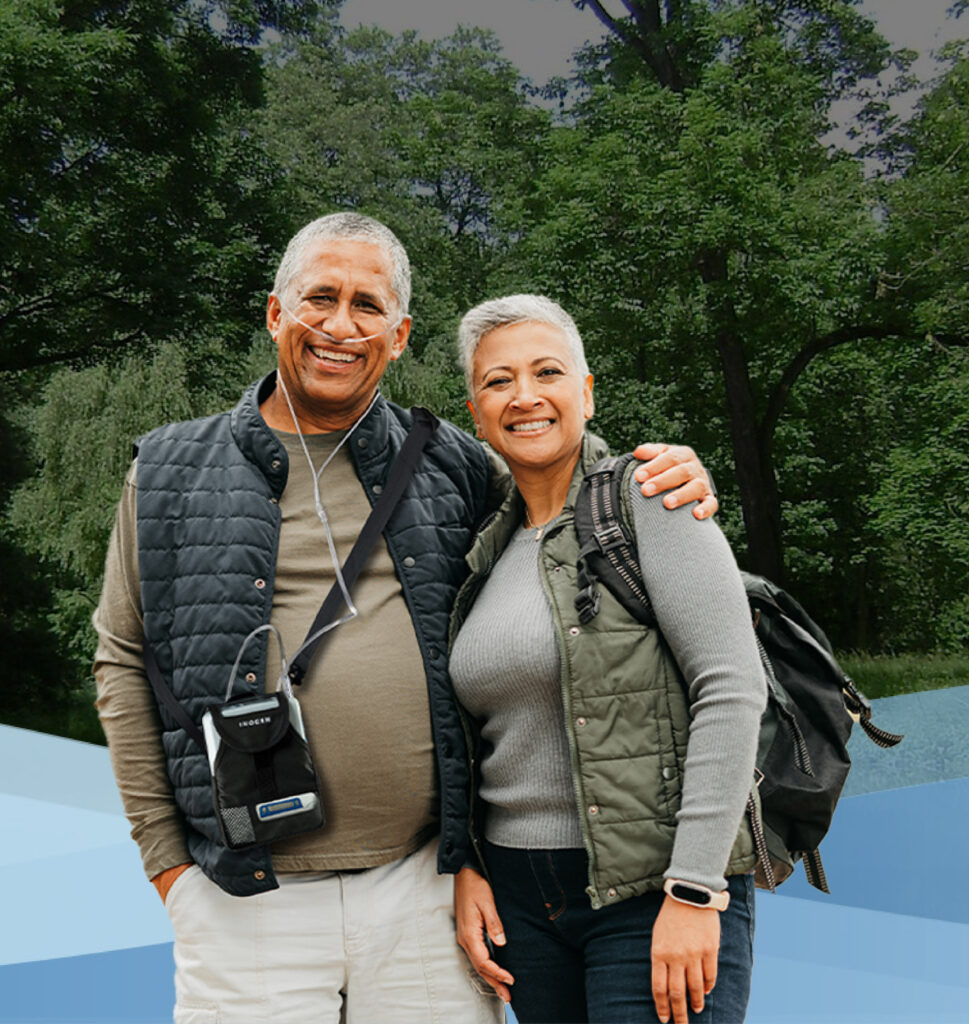Portable Oxygen: Freedom to Move, Breathe Easy
Portable Oxygen: Freedom to Move, Breathe Easy
Blog Article

For individuals living with respiratory conditions, the world can often feel limited. Shortness of breath and fatigue can restrict daily activities, making even simple tasks challenging. However, the advent of portable oxygen concentrators (POCs) has revolutionized respiratory care, offering a newfound sense of freedom and improved quality of life. This article explores the benefits of portable oxygen and how it empowers individuals to move freely and breathe easy.
What is Portable Oxygen?
Portable oxygen refers to lightweight, battery-powered devices that provide supplemental oxygen to individuals with respiratory conditions. Unlike stationary oxygen concentrators designed for home use, POCs are designed for mobility. They are significantly smaller and lighter, allowing users to carry them easily and maintain an active lifestyle.
How Do Portable Oxygen Concentrators Work?
Like stationary concentrators, POCs use Pressure Swing Adsorption (PSA) technology to separate oxygen from room air. They draw in ambient air, filter out nitrogen and other gases, and deliver concentrated oxygen through a nasal cannula or other interface. The key difference lies in their compact size and portability, achieved through miniaturized components and efficient battery technology.
Types of Portable Oxygen Concentrators:
POCs offer different oxygen delivery methods:
Continuous Flow: This delivers a consistent flow of oxygen, measured in liters per minute (LPM). Continuous flow POCs are typically used by individuals with more severe respiratory conditions.
Pulse Dose (On-Demand): This delivers a bolus of oxygen only when the user inhales. Pulse dose POCs are often smaller and lighter than continuous flow models and are suitable for individuals with less severe oxygen needs. They detect the user's breath and deliver oxygen accordingly, conserving battery power.
Benefits of Portable Oxygen:
The benefits of portable oxygen extend far beyond simply improving breathing. They include:
Increased Mobility and Independence: POCs allow individuals to participate in activities they enjoy, such as walking, shopping, traveling, and spending time with loved ones. This increased mobility fosters independence and reduces reliance on others.
Improved Quality of Life: By enabling greater participation in daily life, POCs significantly enhance quality of life. Individuals can experience less fatigue, reduced shortness of breath, and a greater sense of well-being.
Enhanced Social Interaction: Portable oxygen makes it easier to engage in social activities, reducing feelings of isolation and improving mental and emotional health.
Travel Opportunities: POCs are FAA-approved for air travel, opening up new possibilities for travel and exploration. This allows individuals to maintain their oxygen therapy while enjoying vacations and visiting family and friends.
Greater Flexibility: POCs provide flexibility in managing oxygen therapy. Users are no longer confined to their homes and can adapt their oxygen use to their daily activities.
Reduced Exacerbations: For individuals with chronic respiratory conditions, such as COPD, consistent oxygen therapy can help reduce the frequency and severity of exacerbations.
Choosing the Right Portable Oxygen Concentrator:
Selecting the right POC depends on several factors:
Oxygen Prescription: The prescribed oxygen flow rate and delivery method (continuous or pulse) are the most important factors.
Portability: Consider the size and weight of the POC, especially if you plan to carry it frequently.
Battery Life: Battery life is crucial for POCs. Consider how long you need the device to run on a single charge and choose a model with sufficient battery capacity.
Oxygen Output: Ensure the POC can deliver the prescribed oxygen flow rate.
Ease of Use: Choose a POC that is easy to operate and maintain.
Noise Level: POCs produce some noise. Consider the noise level, especially if you plan to use it at night or in quiet environments.
Cost: POCs can be a significant investment. Check with your insurance provider to see if any coverage is available.
Consulting with Your Doctor:
It is essential to consult with your doctor or a respiratory specialist before using a POC. They will assess your condition, determine your oxygen needs, and recommend the appropriate type of device. They will also provide instructions on how to use the POC safely and effectively.
Maintaining Your Portable Oxygen Concentrator:
Proper maintenance is essential for ensuring the longevity and performance of your POC. Follow the manufacturer's instructions for cleaning and maintaining the device. Regularly check the tubing and nasal cannula for any damage.
Portable oxygen concentrators have transformed the lives of countless individuals with respiratory conditions. They offer the freedom to move, breathe easy, and live life to the fullest. By understanding the benefits and considerations involved in choosing a POC, individuals can take control of their respiratory health and embrace a more active and fulfilling lifestyle. Always consult with your healthcare provider to determine the best course of treatment for your specific needs.